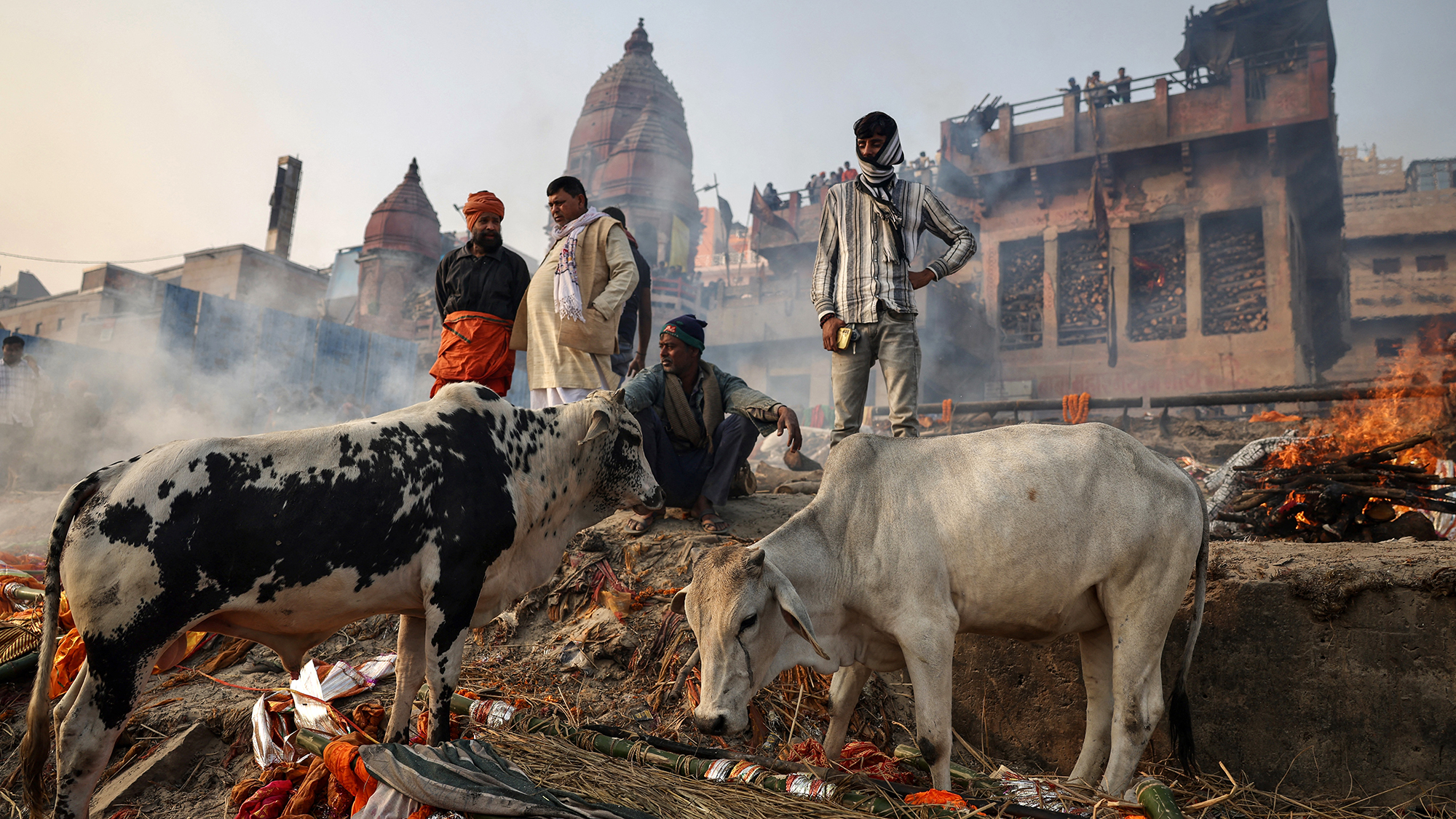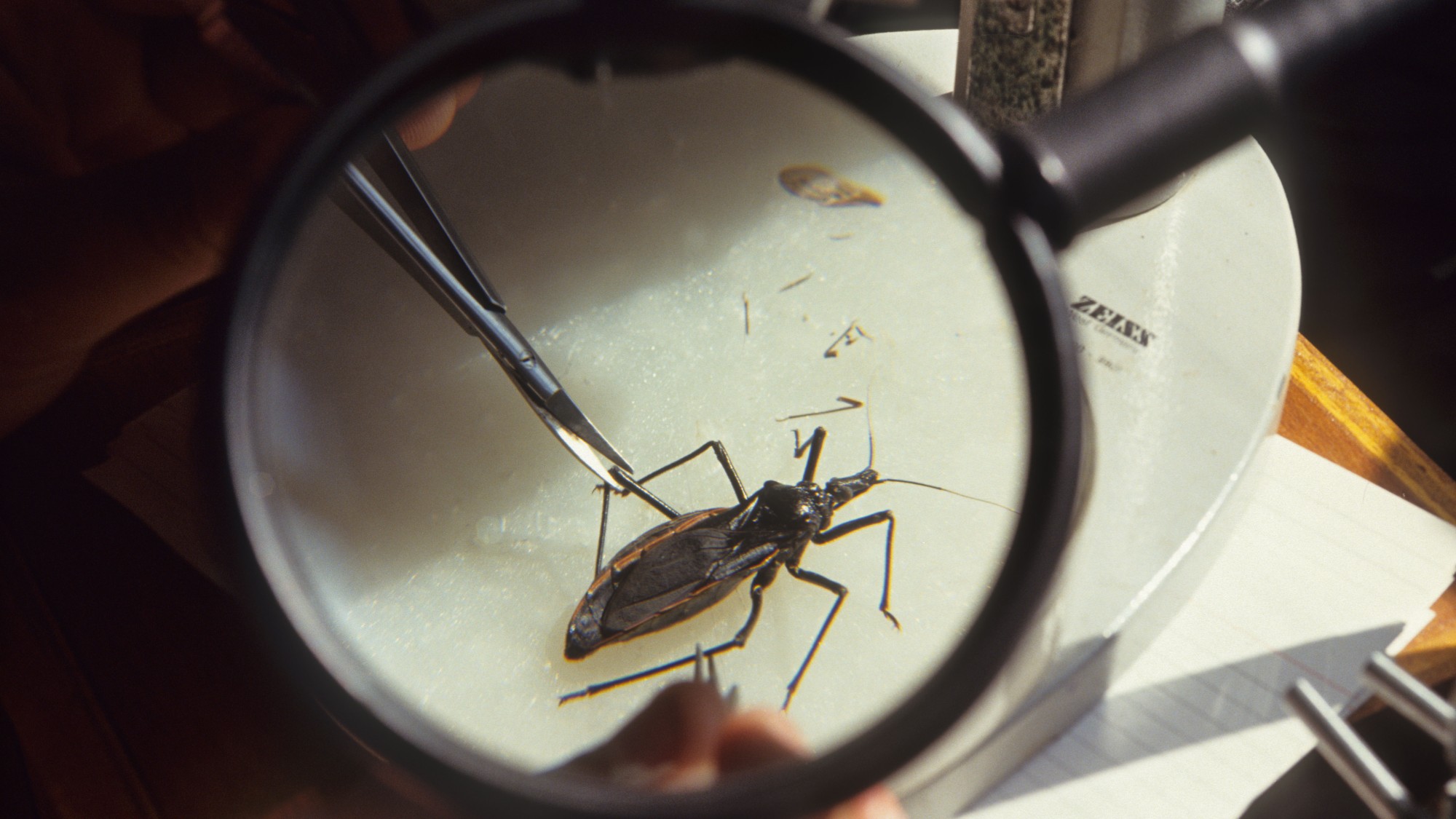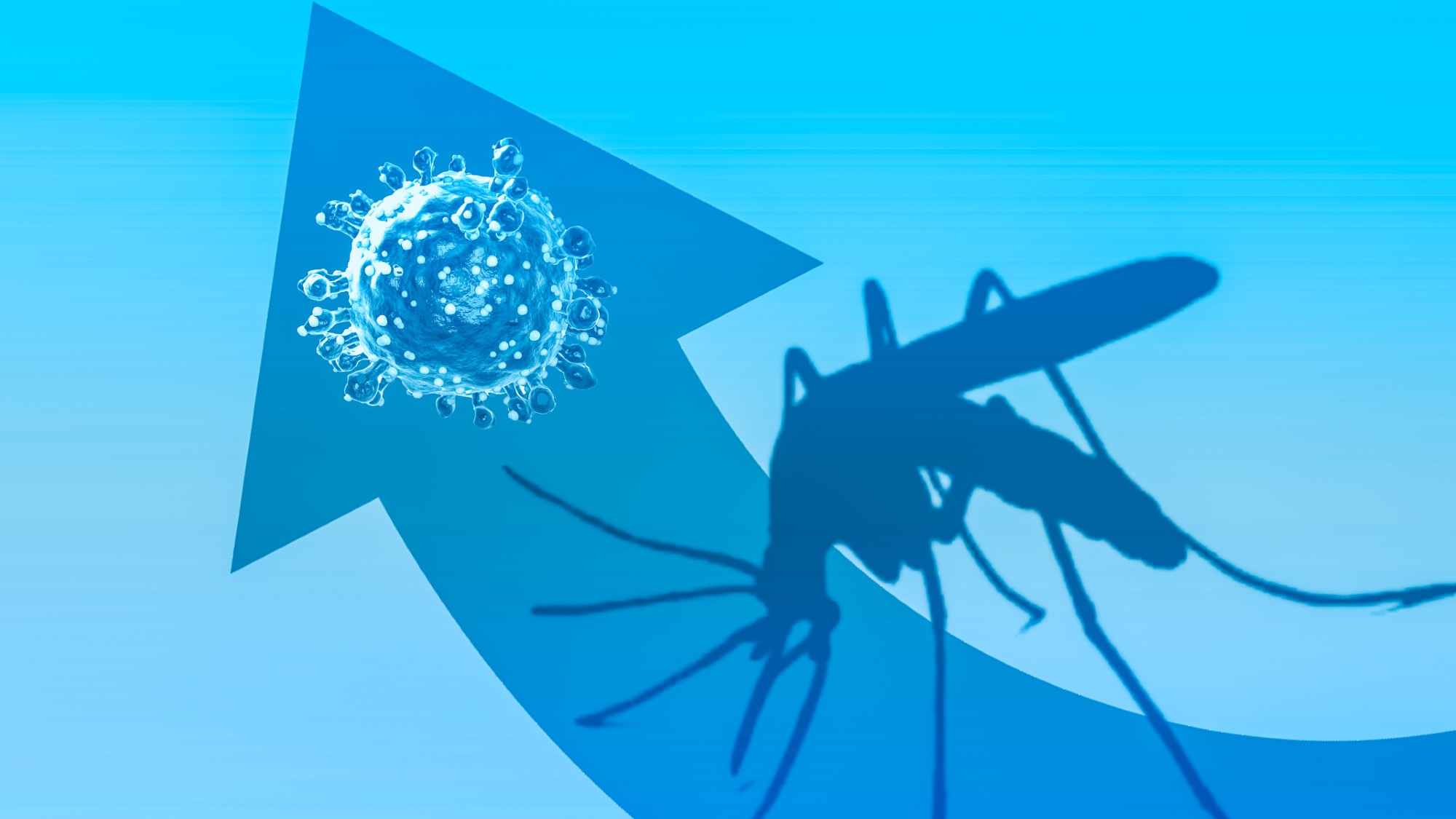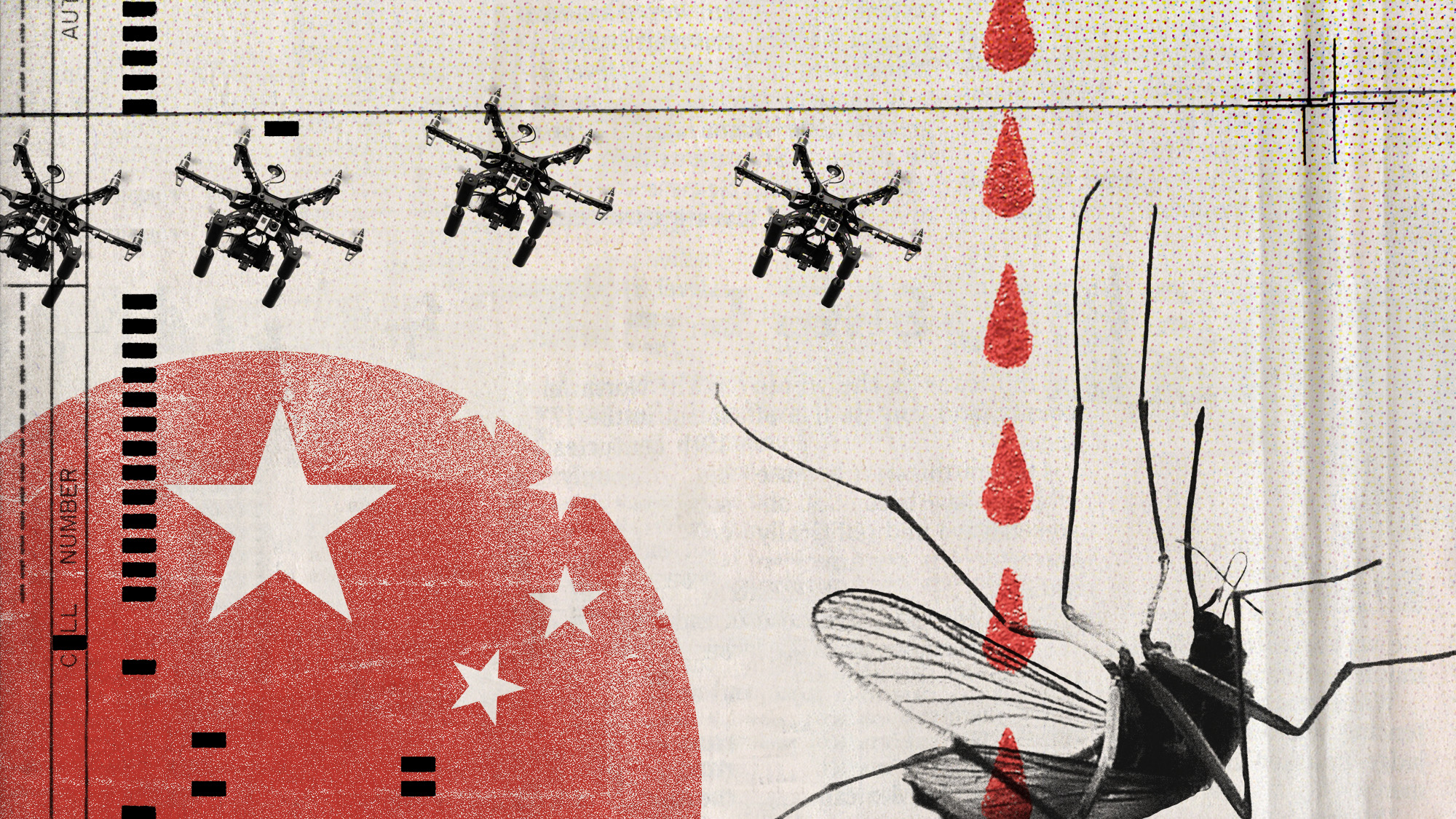What is Disease X?
Experts fear Chinese poultry flu could mutate into mystery disease that sparks worldwide pandemic

The World Health Organization has included “Disease X” in its latest blueprint for accelerating research and development during health emergencies such as Ebola or Sars epidemics.
This year’s global strategy plan is the first to feature an as-yet unknown pathogen, Disease X, which may not come from an identified source.
So should we be worried?
The Week
Escape your echo chamber. Get the facts behind the news, plus analysis from multiple perspectives.

Sign up for The Week's Free Newsletters
From our morning news briefing to a weekly Good News Newsletter, get the best of The Week delivered directly to your inbox.
From our morning news briefing to a weekly Good News Newsletter, get the best of The Week delivered directly to your inbox.
What is Disease X?
The WHO plan lists eight “priority diseases” that require immediate attention based on epidemic potential or lack of sufficient countermeasures or vaccines. The list includes Ebola and Zika, as well as Disease X.
According to the specialised UN agency’s definition, Disease X does not exist, but instead “represents the knowledge that a serious international epidemic could be caused by a pathogen currently unknown to cause human disease, and so the R&D [research and development] Blueprint explicitly seeks to enable cross-cutting R&D preparedness that is also relevant for an unknown Disease X as far as possible”.
Experts say Disease X could be a mutation of an already known disease, such as influenza, which means its composition and effectiveness are near impossible to predict, the Daily Express reports.
A free daily email with the biggest news stories of the day – and the best features from TheWeek.com
Disease X “could also be deliberately developed and spread by humans”, the newspaper says, adding that “it is understood 16 countries including the United States, have had or are suspected of having biological weapons programmes”.
Dr Anthony Fauci, director of the US National Institute of Allergy and Infectious Diseases, said: “As experience has taught us, more often than not the thing that is going to hit us is something that we did not anticipate. Just the way we didn’t anticipate Zika, we didn’t think there would be an Ebola that would hit cities.”
As such, “X” stands for unexpected, he explained.
When might it hit?
There is no way of knowing when Disease X might hit, what it might look like, or how how we might tackle it, so speed and preparation are key to staving off the threat.
CNN says that “when confronted with the unknown, the WHO recognises that it must ‘nimbly move’ and that this involves creating platform technologies”.
Scientists develop customisable recipes for creating vaccines. When an outbreak happens, they can then sequence the unique genetics of the virus causing the disease, and plug the correct sequence into the already developed platform to create a new vaccine.
Could the H7N9 avian flu virus be Disease X?
The Daily Telegraph reports that scientists across the world are on high alert for a type of influenza currently circulating among poultry in China. Known as H7N9, the pathogen “could prove as destructive as the 1918 Spanish flu, which killed between 50 and 100 million people a century ago”, says the newspaper.
Professor Jonathan Van-Tam, deputy chief medical officer for England with special responsibility for emergency preparedness and pandemic planning, told the Telegraph that the UK government was “gathering as much intelligence on the H7N9 virus as possible – looking at its geographic spread, the number of human cases and any changes in its genetic structure”.
Van-Tam said: “[H7N9] is an example of another virus which has proven its ability to transmit from birds to humans. It’s possible that it could be the cause of the next pandemic.”
In China, the deadly pathogen has killed 623 of the 1,625 people who have been infected so far, according to The Sun. That equates to a mortality rate of 38%. However, the virus cannot yet be transmitted between humans.
-
 What is the global intifada?
What is the global intifada?The Explainer Police have arrested two people over controversial ‘globalise the intifada’ chants
-
 The Week Unwrapped: What’s the cost of PFAs?
The Week Unwrapped: What’s the cost of PFAs?Podcast Plus why is George Osborne joining OpenAI? And has universal basic income finally come of age?
-
 The week’s best photos
The week’s best photosIn Pictures A dervish dance off, a frosty forest, and more
-
 Vaccine critic quietly named CDC’s No. 2 official
Vaccine critic quietly named CDC’s No. 2 officialSpeed Read Dr. Ralph Abraham joins another prominent vaccine critic, HHS Secretary Robert F. Kennedy Jr.
-
 This flu season could be worse than usual
This flu season could be worse than usualIn the spotlight A new subvariant is infecting several countries
-
 Bluetoothing: the phenomenon driving HIV spike in Fiji
Bluetoothing: the phenomenon driving HIV spike in FijiUnder the Radar ‘Blood-swapping’ between drug users fuelling growing health crisis on Pacific island
-
 ‘Nightmare bacteria’ are rapidly spreading
‘Nightmare bacteria’ are rapidly spreadingUnder the radar The infections are largely resistant to antibiotics
-
 Kissing bug disease has a growing presence in the US
Kissing bug disease has a growing presence in the USThe explainer The disease has yielded a steady stream of cases in the last 10 years
-
 Sloth fever shows no signs of slowing down
Sloth fever shows no signs of slowing downThe explainer The vector-borne illness is expanding its range
-
 A new subtype of diabetes was found and it may require different treatment
A new subtype of diabetes was found and it may require different treatmentUnder the radar It is prevalent in Black Africans and Americans
-
 How China is battling the chikungunya virus
How China is battling the chikungunya virusUnder The Radar Thousands of cases of the debilitating disease have been found in the country